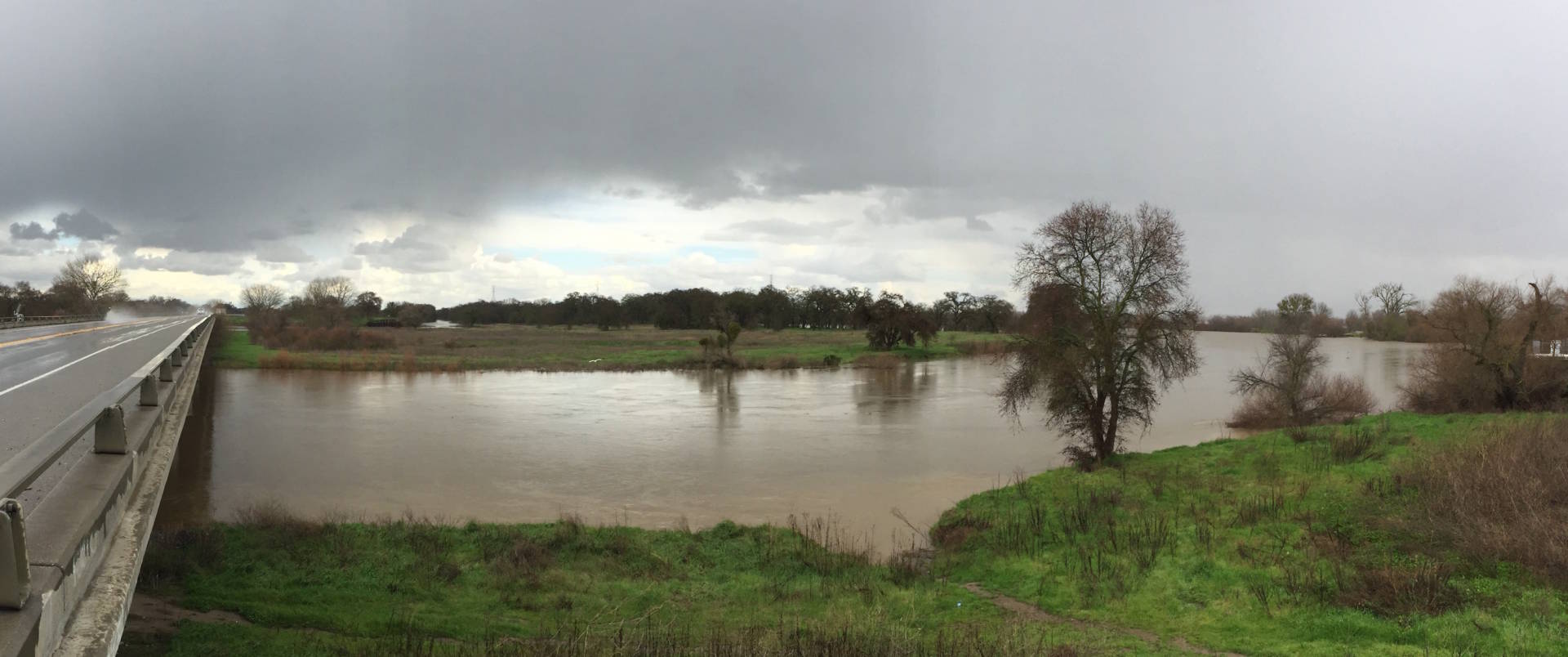Nearly half of California is officially out of the drought.
While the real turning point in the drought occurred in early January, when a series of storms brought drenching rains and drifting snow to the state, the unrelenting march of moisture off the Pacific Ocean continues to make milestones in dousing the nearly six-year drought.
According to the U.S. Drought Monitor’s weekly analysis, no part of California remains in a state of “exceptional drought,” the most severe category, and barely more than 2 percent remains in “extreme drought” (bright-red on the map) as nearly two-thirds of the state was classified just a year ago. The portion of California classified in any level of drought is now just over 51 percent.
https://youtu.be/NmWEygCaUWA
The animated map takes you from the first flickers of drought in 2011, through its peak, up to its waning stage today. Dark-red indicates the most severe level of drought. Yellow indicates areas considered “abnormally dry,” but not technically in drought, as defined by NOAA.
UPDATE: So moisture-packed was the parade of recent storms that a new report from NASA estimates that two of these “atmospheric rivers” by themselves might have made up more than a third of California’s five-year deficit of water content in the Sierra snowpack.
